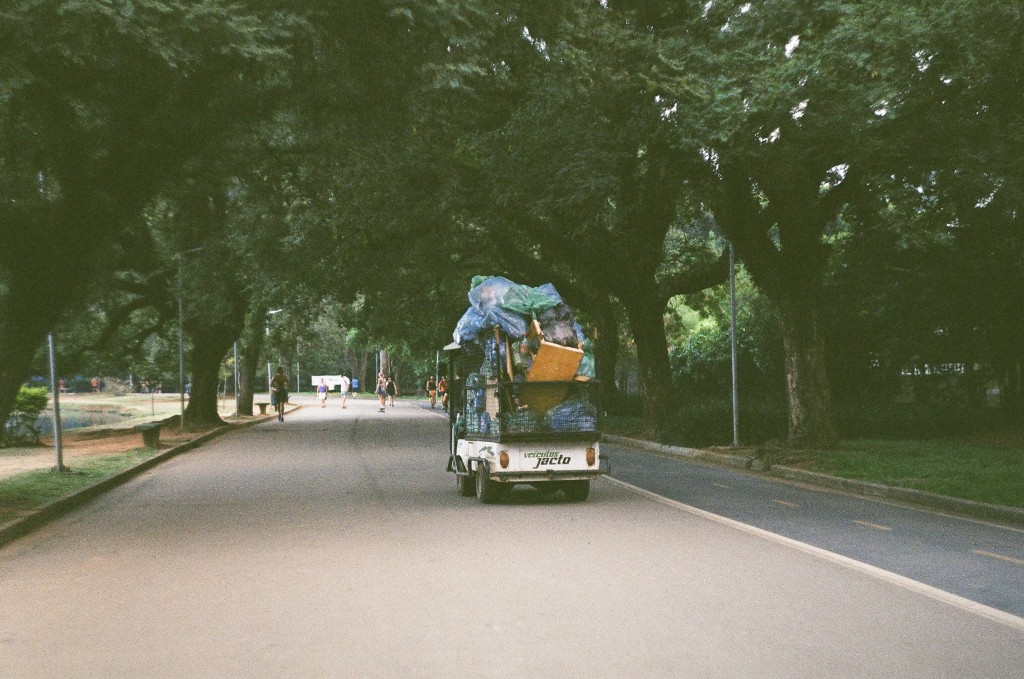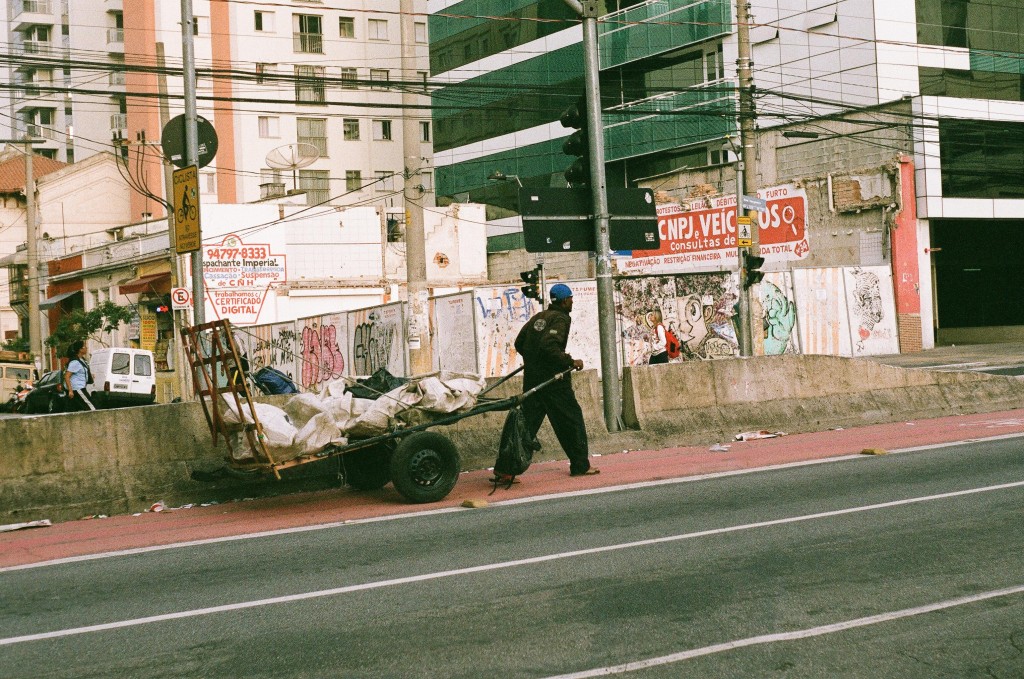Le « sans abrisme » dans l’enseignement de l’architecture et du design
Maria Cecilia Loschiavo dos Santos est professeure à la Faculté d’Architecture et d’Urbanisme de l’Université de São Paulo depuis 1998. Diplômée d’un doctorat en Philosophie, elle enseigne le projet architectural et le design en s’attachant particulièrement aux problématiques environnementales et sociales. Auteure de plusieurs ouvrages et d’articles dans des revues de design et d’architecture, elle est aussi la scénariste du documentaire « Aux marges de São Paulo : sans abris », qui condamne l’exclusion sociale et la dégradation urbaine. Engagée, Maria Cecilia Loschiavo dos Santos explique qu’elle est « reconnaissante d’avoir rencontré beaucoup de personnes qui ont lutté pour concevoir et pratiquer l’architecture de façon réfléchie ». Tribune en anglais.
In their educational process, architects and designers acquire design tools, methods, information, but also have their personal peculiarities, passions and motivations. Nowadays, many students consider the social and environmental implications of the design act, and get involved in the creation of a better world.
From a historical perspective, since Bauhaus until now, issues of social responsibility of design are current in different treads of design education. Problems such as homelessness, waste minimisation and waste pickers recycling contribution, eco-design and product life-extension became challenging problems of contemporary city problematic, thus to imagine the future of cities requires their urgent consideration. The material environment of the homeless culture is constructed from the trash of our technological and industrialised culture, they have created plastic and cardboard cities with their bricolage creativity. Facing the experience of diving vertiginously into the shadows, into the depth of the material that allows the construction of a fragile habitat, moved by the need for shelter, homeless people have transformed contemporary city life.
The survival repertoires of the homeless has become intertwined with another phenomenon strongly connected to design: the development and spread of a massive process of urban rubbish excavation that has become a source of survival and a new strategy of income generation for deprived people: they transformed waste into resource for life.

In Brazil, since the seventies, a group of homeless people engaged in excavating the waste from the streets of the major cities, such as São Paulo, starting thus a collecting practice that gave rise to an informal economy called catação, performed by recyclable material collectors. Collecting and recycling discarded mass produced objects is now a central activity for those catadores (collectors) who with their activism have created an informal economy and a strong social movement.
It is necessary to stress that these collectors have an extensive contribution as environment protection agents who provide a relevant public service to Brazil, as they clean our cities. They played an important role in the struggle for approving the National Policy of Solid Waste — Política Nacional de Resíduos Sólidos — Lei 12.305/10, 2010. Despite this contribution, they are not fully recognised.
Working with the homeless and the collectors has been a process of exchange and learning and has given design new meaning and challenges.
The philosopher and design theorist Tony Fry considers design as a “world shaping force”, a political field, stressing its political role. According to him “in actuality, design is one of the main operative agents of the social, cultural and economic functioning and malfunction of humanity’s made world” (Fry, 2009).
This political dimension of design is highly relevant for understanding waste issues. Waste goes together with luxury and excess, but at the same time in contemporary world it constitutes the main means and strategies of subsistence and adaptation for deprived population. Waste is present, in a broad range in: homeless lifestyles and routines, homeless living arrangements on the sidewalks, homeless practices of reusing materials and products for daily life objects makeshift, homeless and/or collectors practices of mining for materials reintroducing them into productive cycle. Moreover, homelessness and waste are pressing issues of our times and the interaction of these two issues became strongly visible in urban areas, generating public attention, concern and a civic design. These are urgent topics for further design, research and action.




